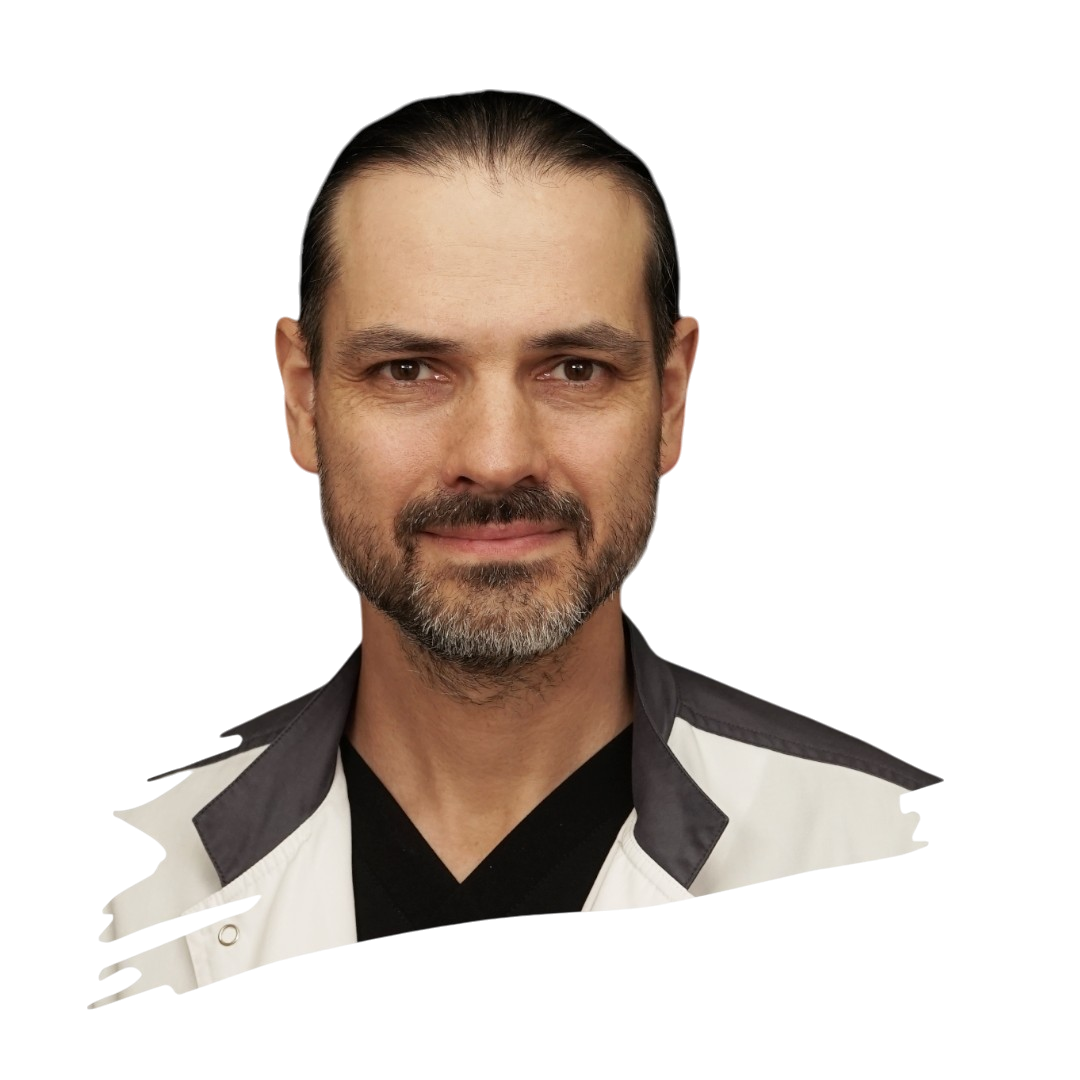Functional Rhinoplasty: Improving Breathing and Aesthetics of the Nose
The nose is not just a central feature of our face; it is also a vital organ of the respiratory system. When its functions are impaired, it can significantly affect the quality of life. Functional rhinoplasty is a modern solution that simultaneously enhances the appearance of the nose and its breathing function. This surgery helps correct a deviated septum and other structural issues, combining essential aspects of both health and aesthetics. Let’s dive deeper into this fascinating topic.
What is Functional Rhinoplasty?
Functional rhinoplasty is a surgical procedure aimed at correcting structural defects in the nose that hinder breathing, while also improving its appearance. The key goal of this operation is to restore normal nasal breathing and create a harmonious shape of the nose. This comprehensive approach addresses both functional and aesthetic needs, as a patient’s health is closely linked to their self-perception.
Indications for Functional Rhinoplasty
Functional rhinoplasty may be recommended for a variety of issues, such as:
- Deviated nasal septum.
- Hypertrophy (enlargement) of the nasal turbinates.
- Collapse of internal or external nasal valves.
- Polyps in the nasal cavity.
- Synechiae (adhesions) in the nose.
- Congenital structural defects of the nose.
- Consequences of nasal trauma.
- Chronic problems with nasal breathing.
It is important to remember that many of these problems not only make breathing difficult but can also negatively impact the appearance of the nose. Therefore, functional rhinoplasty often addresses both concerns—improving breathing function and correcting aesthetics.
Benefits of Functional Rhinoplasty
One of the main advantages of functional rhinoplasty is its comprehensive solution. This surgery not only improves breathing but also has a positive impact on the quality of life. Normalizing nasal breathing can significantly enhance overall well-being, quality of sleep, and physical activity. Additionally, proper nasal drainage reduces the risk of sinus infections and other sinus problems, making you less susceptible to various illnesses.
Enhancing the appearance of the nose can also boost self-confidence and self-esteem. Moreover, the long-term results of the surgery, when performed correctly, can last for many years, and modern techniques ensure minimal postoperative complications. All of this makes functional rhinoplasty an attractive option for many patients.
Technique of Functional Rhinoplasty
Functional rhinoplasty is a complex procedure requiring a surgeon's high skill level. The surgery can be performed using two main methods: open and closed approaches. The closed approach involves making all incisions inside the nose, avoiding visible scars. This method is suitable for less complicated cases and promotes quicker recovery.
The open approach includes a small incision on the columella—the strip of tissue between the nostrils. This provides the surgeon with better visualization and access to the internal structures of the nose, making it preferable for more complex manipulations.
Regardless of the chosen method, functional rhinoplasty includes the following stages:
- Correction of the nasal septum (septoplasty): A deviated septum is straightened.
- Work on the nasal turbinates: Reduction in size if necessary.
- Reinforcement of the nasal valves: Cartilage grafts are used.
- Correction of the external shape of the nose: Work on bones and cartilage.
- Closure of incisions and application of dressings.
Modern techniques, such as endoscopic technologies, 3D modeling, and PRP (platelet-rich plasma) therapy, significantly enhance the effectiveness of the surgery and speed up the recovery process. Therefore, when choosing a surgeon, it is essential to pay attention to their experience in using these innovations.
Preparation for Functional Rhinoplasty
Proper preparation for surgery is crucial to its success. It typically includes:
- Consultation with the surgeon: Assessment of the nasal condition and discussion of surgical options.
- Medical examination: Necessary tests to evaluate health.
- Avoidance of smoking and alcohol: Recommended for several weeks before the surgery.
- Adjustment of medication: Stopping or changing medications that may increase the risk of bleeding.
- Preparing for the postoperative period: Get everything ready at home for a comfortable recovery.
Postoperative Period and Rehabilitation
Recovery after functional rhinoplasty is an important phase that requires patience. Generally, the rehabilitation process occurs in several stages:
- The first week: The most challenging period with swelling and congestion.
- The second week: Removal of stitches and splints, improvement in breathing.
- The first month: Most swelling subsides, and light activities can be resumed.
- 3-6 months: Healing continues, and the final shape of the nose begins to form.
- 1 year: The nose reaches its final shape, and the results can be evaluated.
It is crucial to follow all the doctor’s recommendations to achieve the best outcome.
Possible Complications and Risks
Like any surgical intervention, functional rhinoplasty comes with certain risks. These include:
- Bleeding.
- Infection.
- Changes in skin sensation of the nose.
- Perforation of the nasal septum.
- Unsatisfactory aesthetic results.
- Breathing difficulties.
Trust your surgery to an experienced doctor in a reputable clinic, as this greatly reduces the risk of complications.
Choosing a Surgeon for Functional Rhinoplasty
Selecting a qualified surgeon is key to a successful functional rhinoplasty. Pay attention to:
- Education and specialization: Purely cosmetic or otolaryngological (ear, nose, and throat) training.
- Experience: The more experienced the surgeon, the higher the chances of good results.
- Portfolio of work: Before and after photos.
- Reviews: Read the feedback from other patients.
- Personal impression: Trust and comfort when communicating with the doctor.
Conclusion
Functional rhinoplasty is not just a relevant surgical procedure but also a chance to improve one’s quality of life. By combining the restoration of functionality with aesthetic enhancement, it opens new horizons for patients. However, this is a significant decision that requires careful planning and execution by a skilled specialist. Discussing your expectations with the doctor and being prepared for recovery are key factors in achieving successful results. Remember, functional rhinoplasty is not just a cosmetic procedure; it is an important step towards improving health and appearance.
Хотите быть в курсе последних новостей о пластической хирургии? Подпишитесь на мой Telegram-канал: https://t.me/by_staisupov
Любите смотреть видео? Еще больше полезной информации здесь: https://www.youtube.com/@staisupov
Все результаты пластических операций можно найти здесь: https://staisupov.ru/results
Задать вопрос и пообщаться с моим цифровым асситентом можно через телеграмм бота. Он поможет с подготовкой к операции и ответит на любой ваш вопрос: https://t.me/Staisupov_VU_bot







